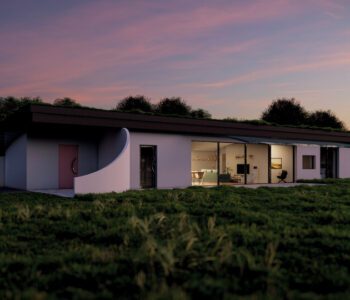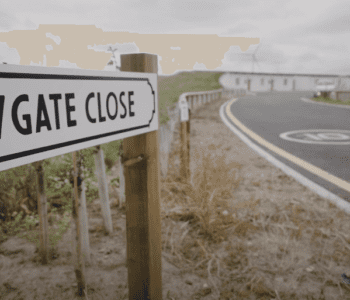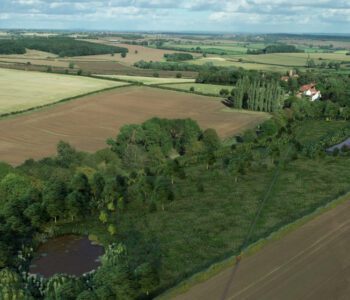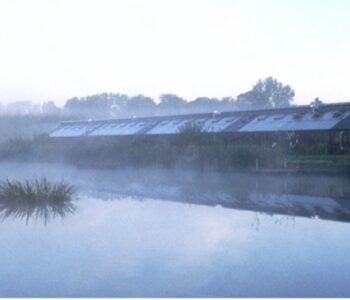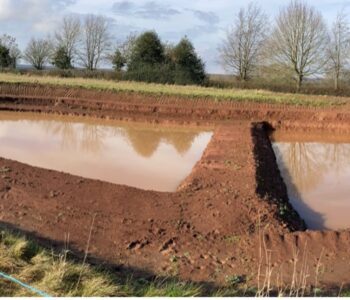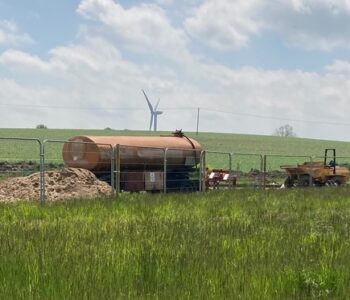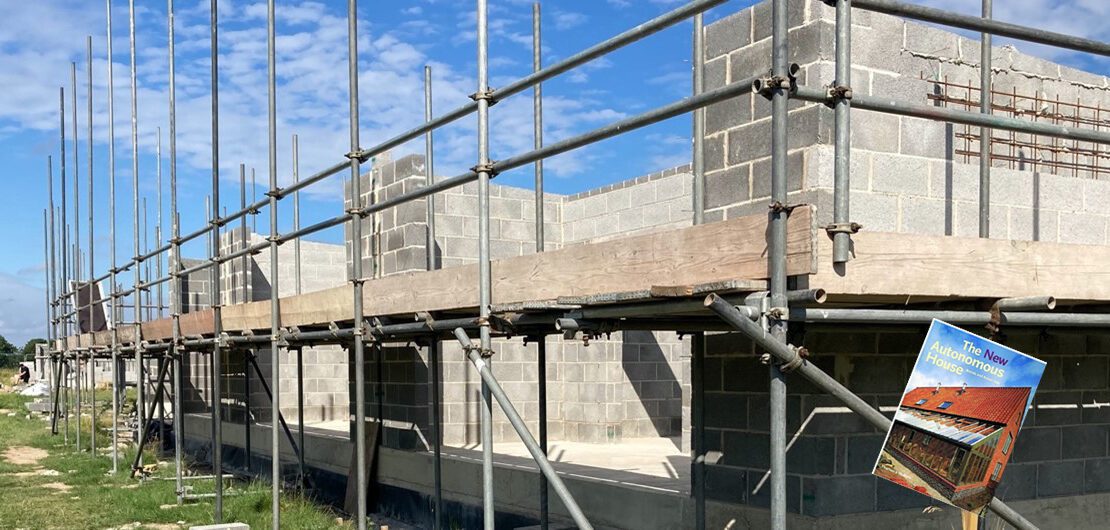
Howgate Close Design Principles….their origins
18th August 2021
“…trapping and storing the sun’s energy”
– Brenda and Robert Vale
The nine dwellings of Howgate Close are designed to operate free of fossil-fuels, deliver low to no heating bills while maintaining steady state internal air temperatures.
Achieving a ‘zero-heated’[i] status, requires the application of passive solar design[ii] techniques allied with a high thermal mass superstructure and a super-insulated envelope. Empirical data[iii] supports the premise that high thermal mass buildings can significantly reduce heating loads together with a concomitant reduction in green-house gas emissions.
The passive solar design techniques applied at Howgate Close are millennia old. Troglodytes selected caves with southerly entrances, Neolithic settlers built dwellings on the southern shores of Skara Brae, Orkney Isles and Saxon farmers orientated barn openings for threshing and drying. These intuitive building design decisions of orientation and material selection were instrumental in heating, cooling and ventilating ancient buildings.
Modern day champions of passive solar design, are Architects, Professors Brenda and Robert Vale. Their extensive Cambridge University research led to the 1975 publication ’The Autonomous House[iv] which elicits “trapping and storing the sun’s energy”[v]. Putting these techniques in to practice, the Vales converted their Witcham Toll family home, described in their book, ‘The Self Sufficient House’. Later in 1991, they optimised these techniques in their Southwell home (7miles from Howgate Close) of which a forensic account is given in ‘The New Autonomous House’. The Southwell home builder, Nick Martin, commissioned the Vales to design the Hockerton Housing Project (HHP) which later became the architectural precedent for Howgate Close.
The four basic principles of passive solar design;
- Southerly building orientation – optimizing solar gains for heating, lighting and ventilation
- Selective Glazing locations – maximising glazing on the south elevation for solar gains, reducing glazing to the north, east and west to reduce heat loss
- High thermal mass structure – using dense building materials to act as a large storage radiator, stabilizing internal air temperatures
- Super-insulation envelope – which reduces the rate of heat loss from the buildings while increasing their capacity for retaining stored heat.
Howgate Close delivers.
[i] DETR. 1998. Building A Sustainable Future. General Information Report 53. P13
[ii] SZOKOLAY, S.V. (2007) Introduction to Architectural Science: The basis of Sustainable Design
[iii] HARRALL, J. (2014) Reservoirs of Heat: The defining characteristic of high thermal mass buildings.
[iv] VALE, Brenda & Robert. (1975) The Autonomous House: design and planning for self-sufficiency
[v] VALE, Brenda & Robert. (1975) The Autonomous House: design and planning for self-sufficiency
